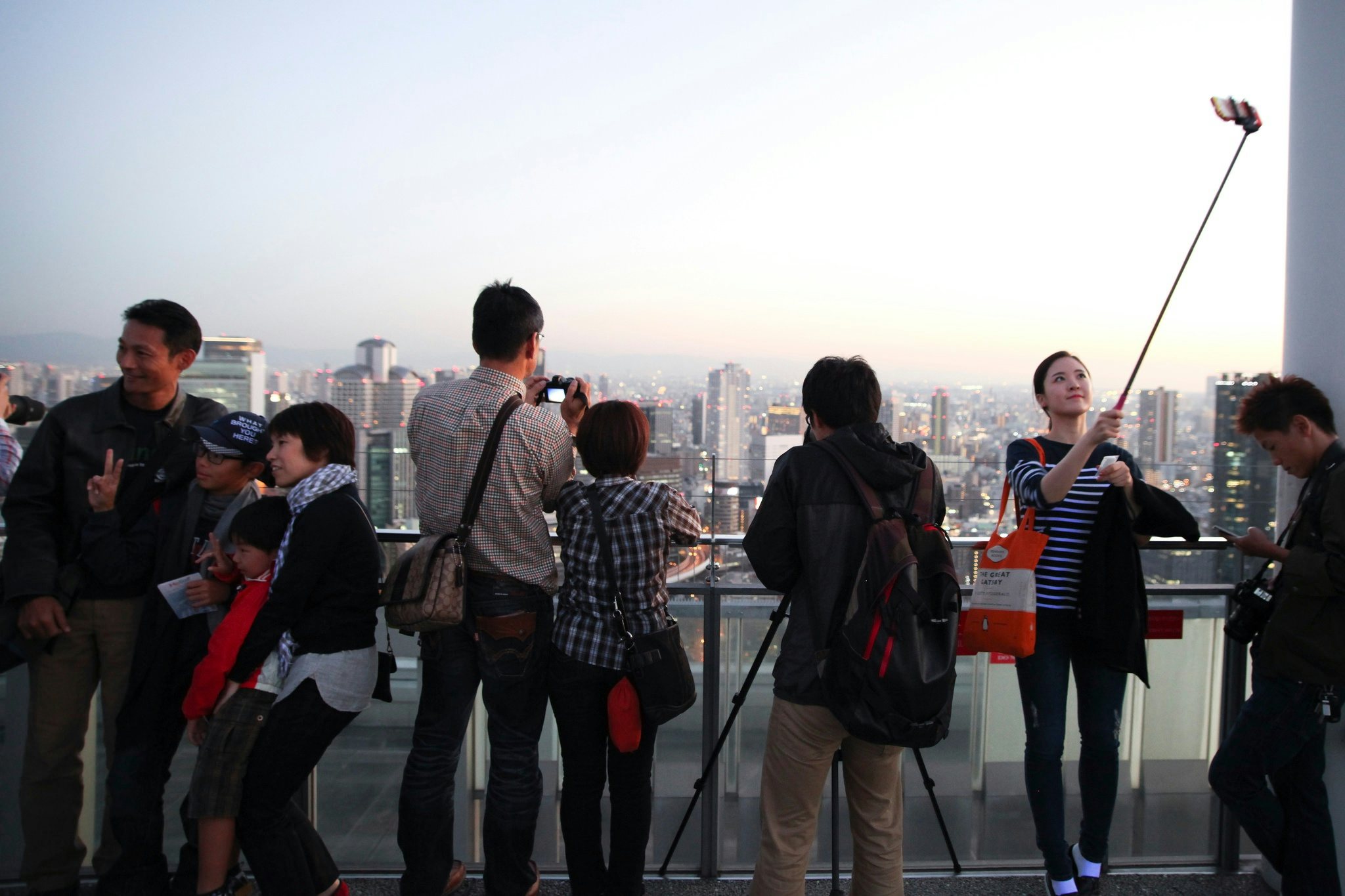Chinese travel to Japan reached an all-time high in July with 731,400 Chinese arrivals, up 26.8 percent year-on-year and a staggering 160 percent higher than the number of Chinese visitors two years ago according to Japan National Tourism Administration data. Although many people have worried that the stronger Japanese yen will reverse or dampen the Chinese tourism boom, the arrival numbers show the opposite picture. Instead, the consumption patterns of Chinese tourists in Japan are changing.
The cheaper yen in 2015 gave rise to Japan’s Chinese tourism boom, which led to bakugai, or "explosive shopping," becoming Japan’s buzzword of the year. As retailers, city dwellers, and the Japanese tourism authorities began to understand the opportunities and challenges associated with the growth in Chinese tourism, some ill-advised and other brilliant initiatives came to fruition. The Hokkaido Tourism Administration began distributing a Chinese-language leaflet telling Chinese visitors how not to behave during their journeys in an attempt to soften their impact on local communities and was widely mocked as condescending toward Chinese visitors. Metropolitan Japan saw a boom in retailers that offer tax-free shopping, and Chinese-speaking staff soon started appearing on the floors of major, and minor, retailers to guide Chinese visitors with their shopping. Japanese airports started feeling the competition and began planning downtown tax-free shops to compete for the Chinese tax-free yen.
The reasons for the tax-free shopping boom are many, with 2015’s affordable yen the most significant contributing factor. The cheaper yen also coincided with improved tax-free policies by the end of 2014 that extended tax-free policies to cosmetics, health goods, and confectionery items. A recent reduction of the threshold for tax-free eligibility also helped give tax-free shopping a boost in 2015.
Interactive graph. (Data from Japan National Tourism Administration)
The picture has changed since then, and major Japanese department stores are still struggling in face of deflation and negative interest rates—despite the growth in Chinese travelers visiting the country. According to analyst estimates quoted by Bloomberg, Isetan Mitsukoshi, Japan’s largest department store, is likely to see revenue drop for the fourth quarter in a row. Takashimaya, another major Japanese retailer, corroborates the story with its sluggish performance in 2016.
As Jing Daily previously reported, tax-free shopping in Japan took a tumble by 33 percent in August, out of which Global Blue estimates 23 percent is because of the appreciating yen, and the remaining 10 percent a representation of the growing popularity of Japan as a destination for less affluent Chinese travelers.
Not only did Japan’s Chinese tourism boom lead to explosive shopping and lingering concerns about capacity problems in cities along the so-called Golden Route (Tokyo, Mount Fuji, Kyoto, and Osaka), but it has also lead to a rapid improvement of direct flight connections between China and Japan. Travel between the two countries used to be dominated by flights connecting major cities such as Beijing-Tokyo or Shanghai-Osaka, but has now expanded to connecting lower-tier Chinese cities with both Japanese metropolises and typically less popular tourist destinations across Japan. The result is ideally a better dispersion of Chinese tourists across Japan, but inevitably also leads to an increase of less affluent Chinese visitors to Japan.
Nevertheless, an influx of less affluent Chinese visitors is not necessarily bad news for Japanese retailers. Even though they have proven to push average spending down in the country, they are not the cause of Japan’s retail sales slump. On the contrary, more Chinese travelers will push sales figures in the right direction as the appreciation of the yen is pulling in the opposite direction. Further, fears of cannibalization of more affluent Chinese tourism are largely unfounded as less affluent travelers are very unlikely to compete for the same luxury hotel rooms or for the same sales attendants’ attention at luxury retailers. Overcrowding at major sights is a more pressing problem, but on the other hand, overcrowding is a phenomenon all Chinese travelers are accustomed to. Further, if Japan’s tourist dispersion strategies prove successful, this will mitigate the problem to a certain extent.
As Chinese luxury bargain hunters look to the next destination for luxury shopping at a discount, post-Brexit referendum United Kingdom being a case in point, Japan’s tourism industry will keep reaping the benefits of the growth in Chinese tourism that the cheap yen gave rise to. While the big winners of the present record-breaking growth may not be Tokyo’s more luxurious retailers, it promises revenue growth for the Japanese tourism and hospitality industry as a whole.
With China’s Golden Week just around the corner, October will be a crucial month for tourism to Japan as retailers and the greater tourism sector are preparing to make the most of China’s holiday season.
